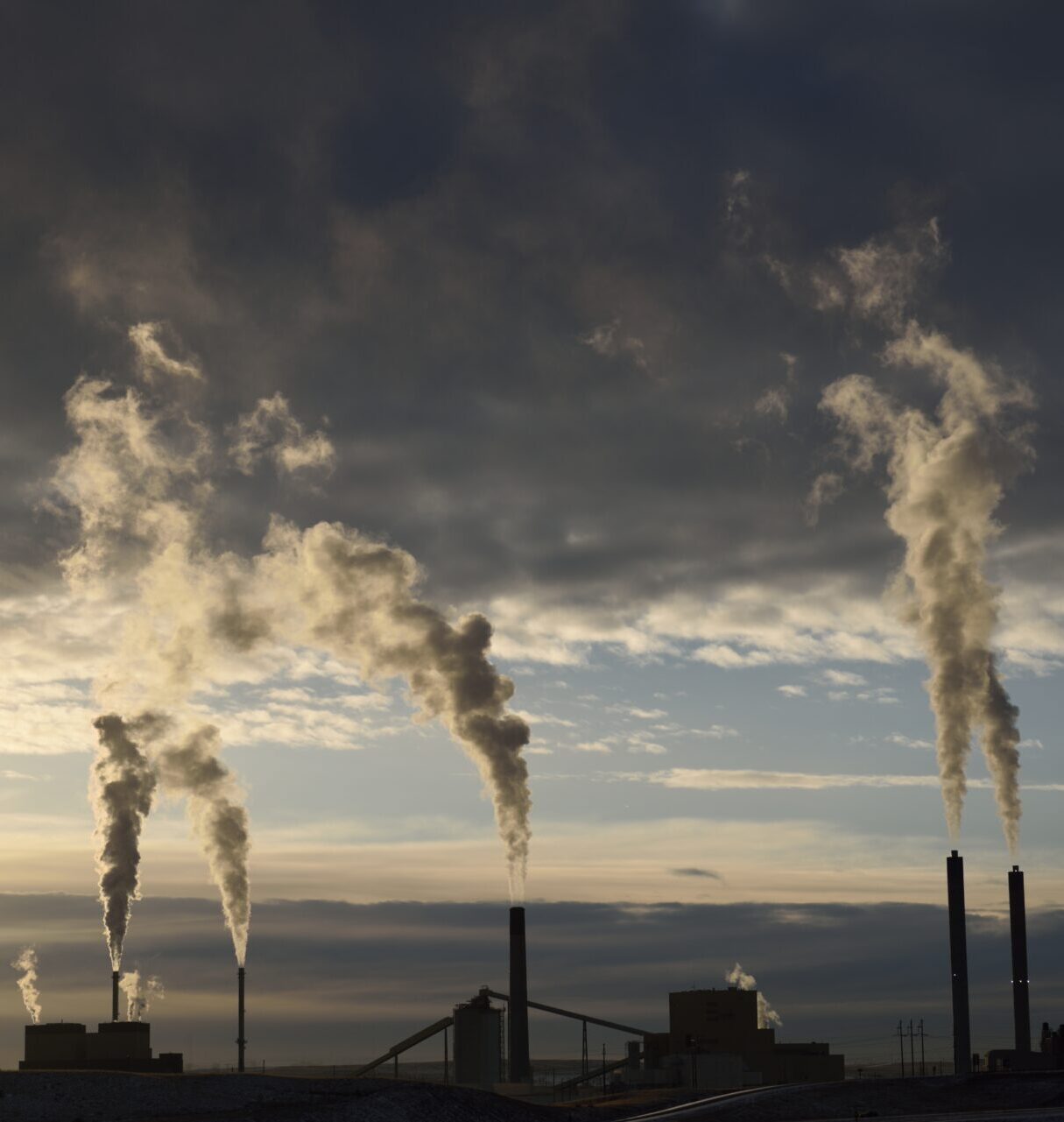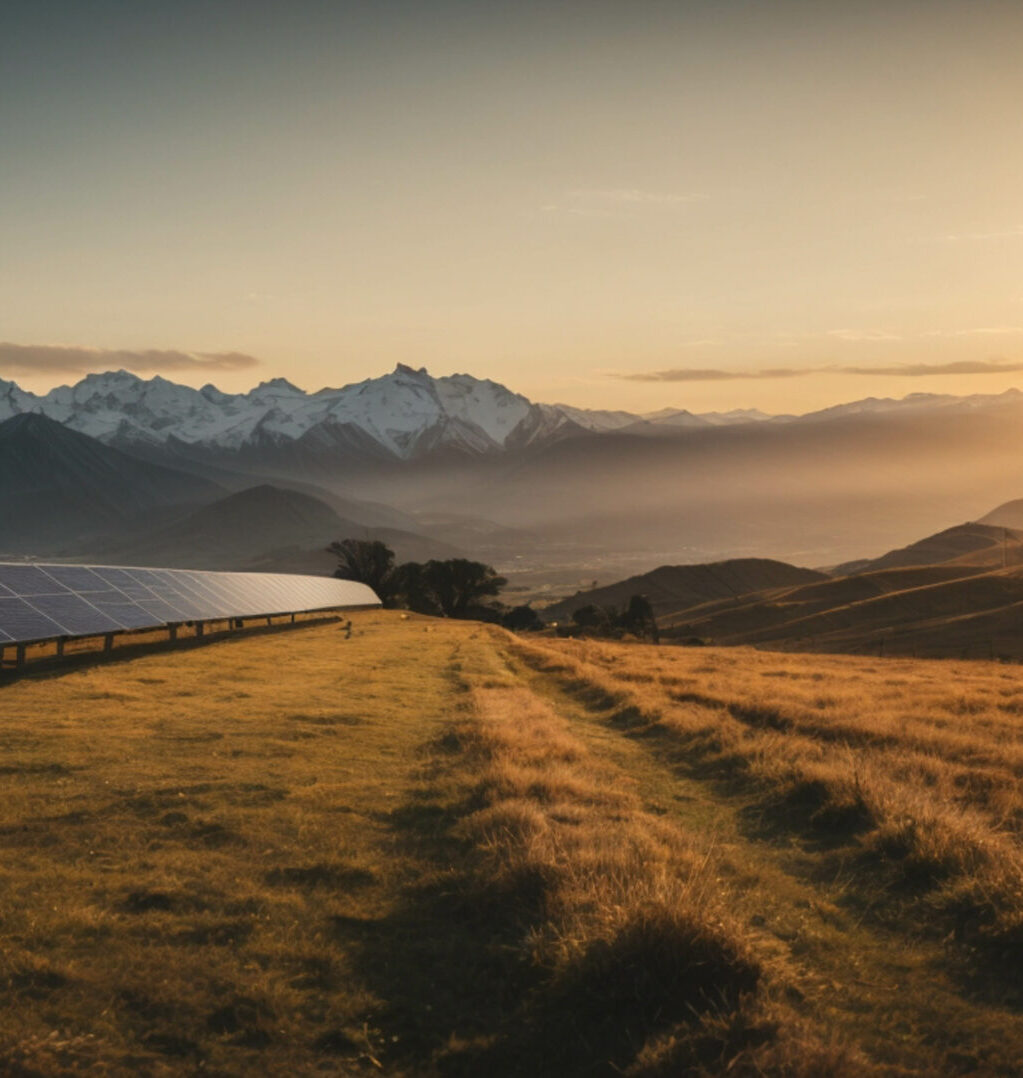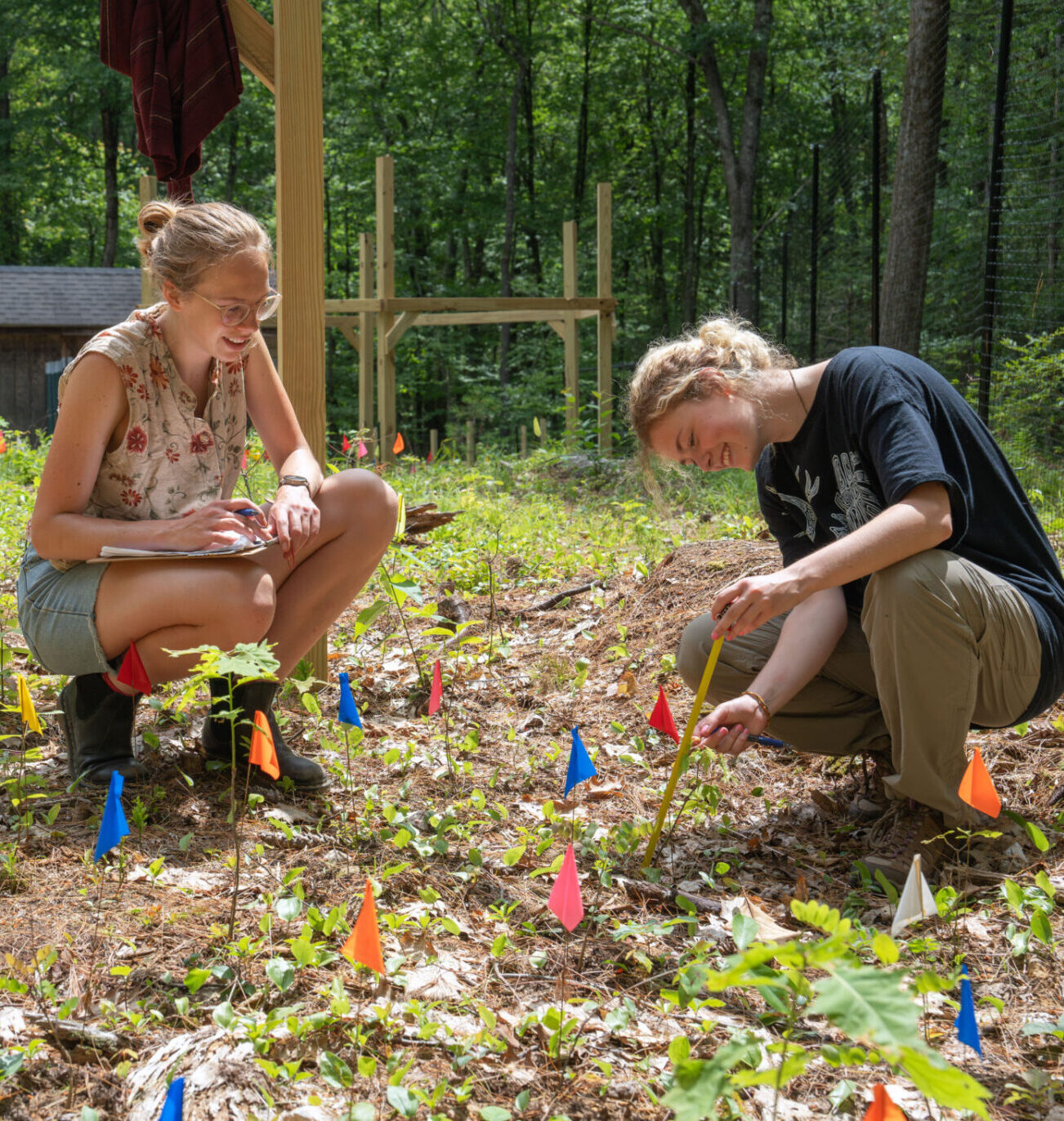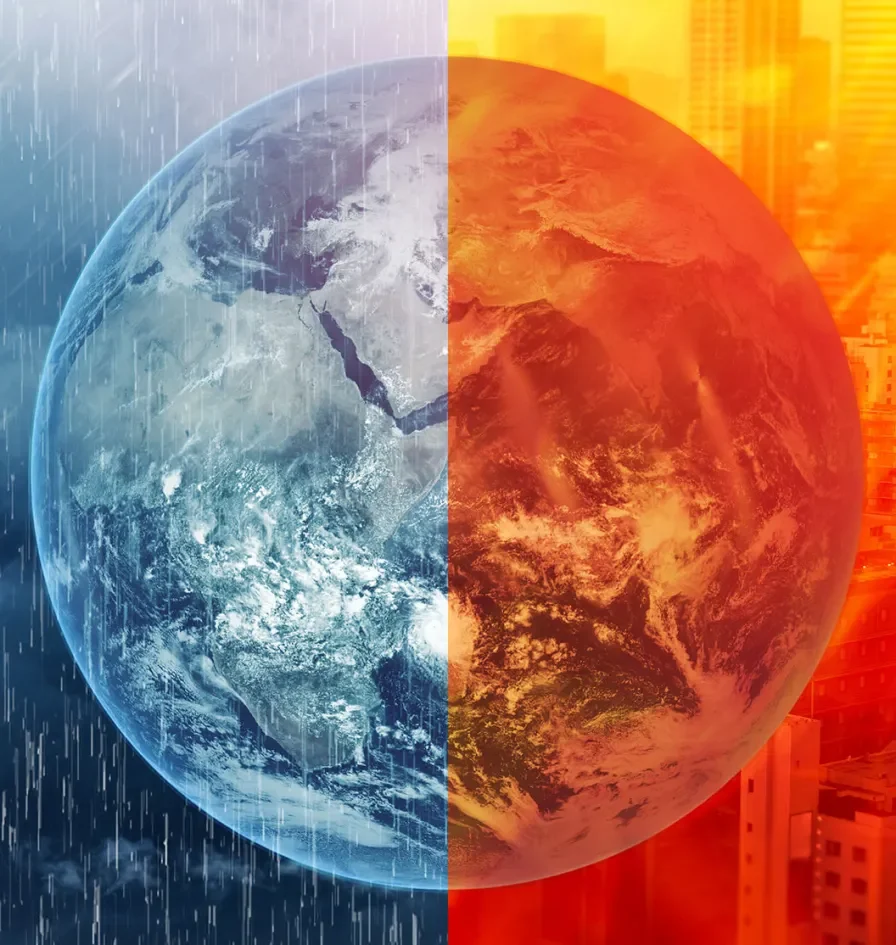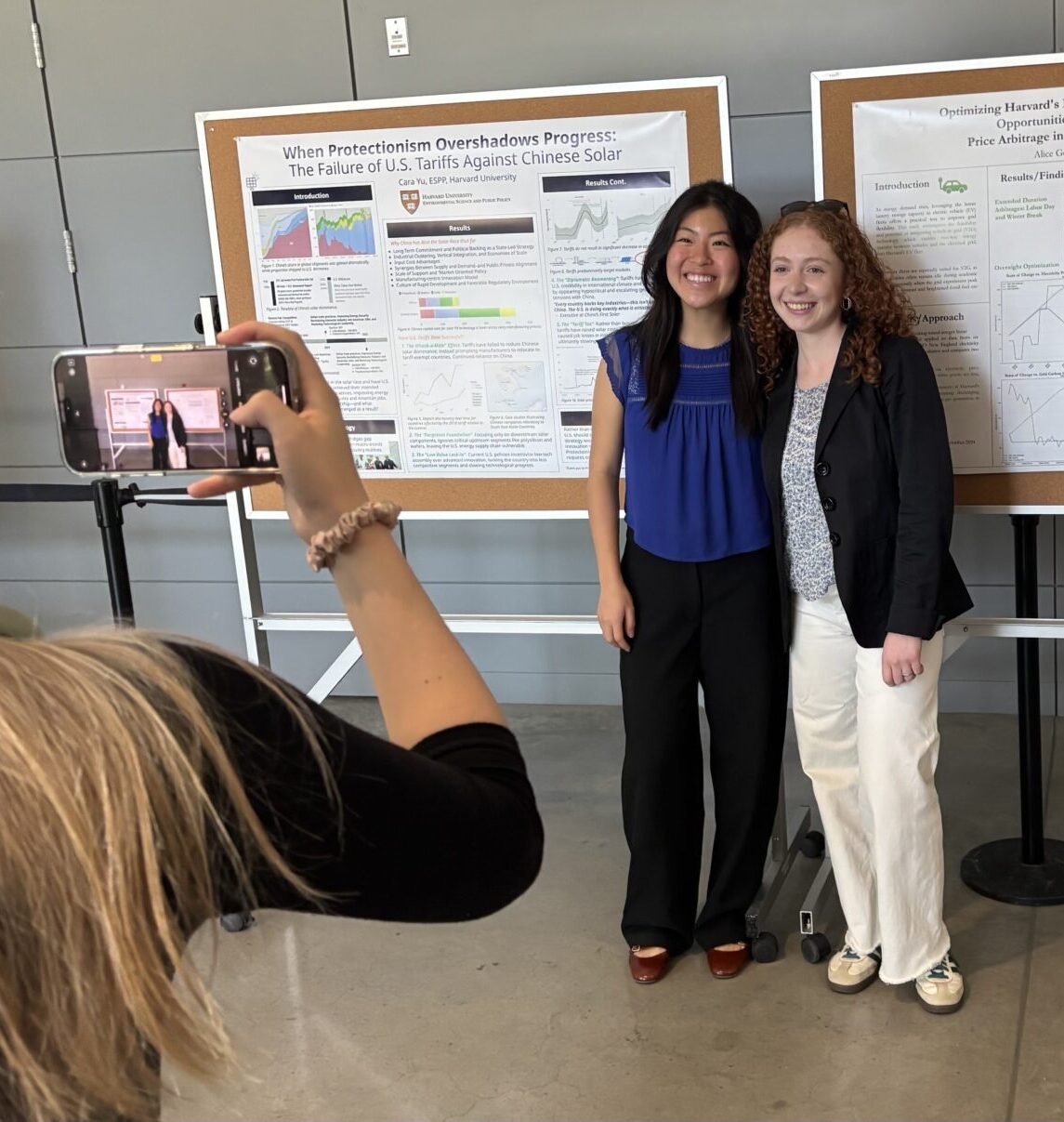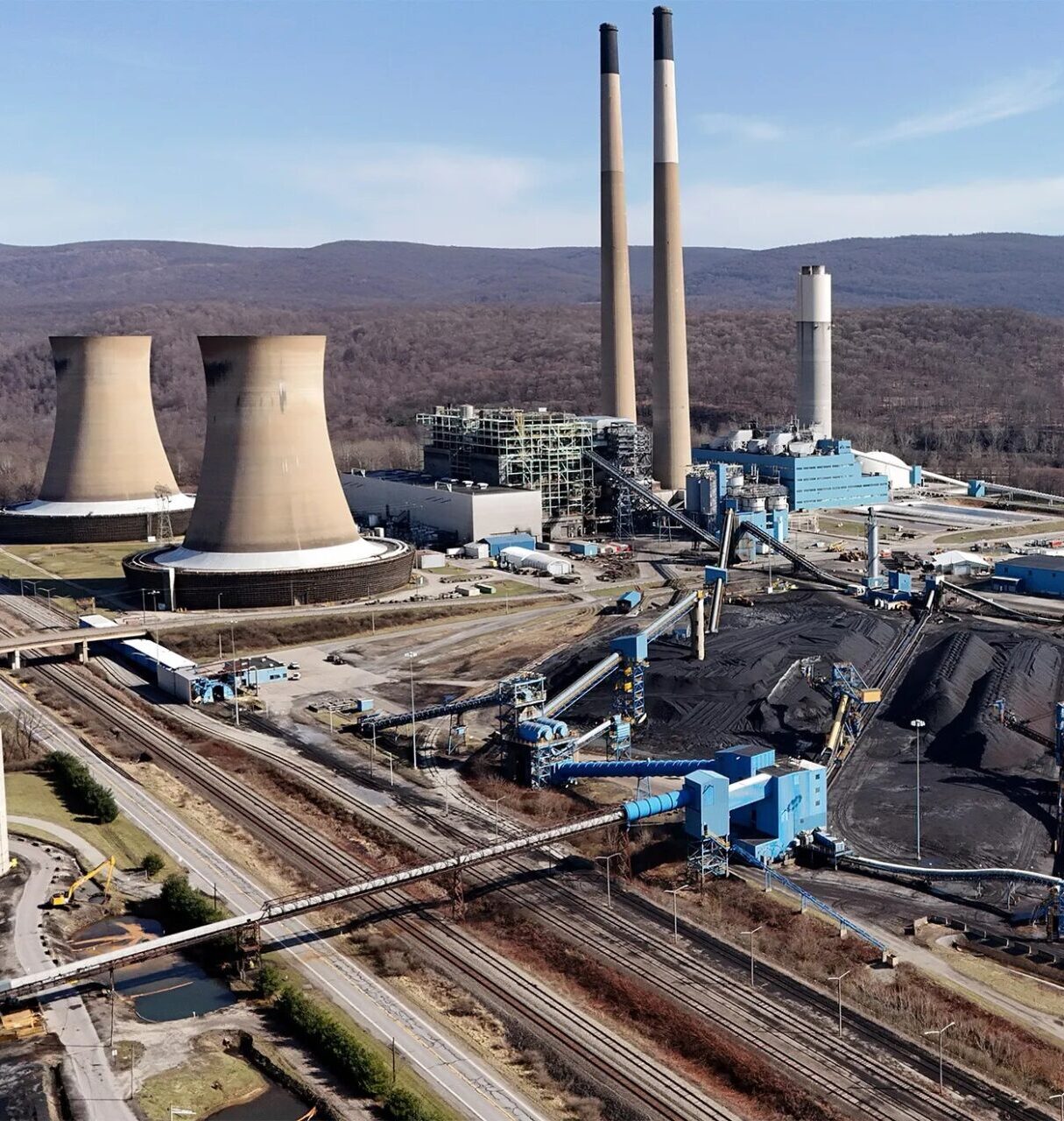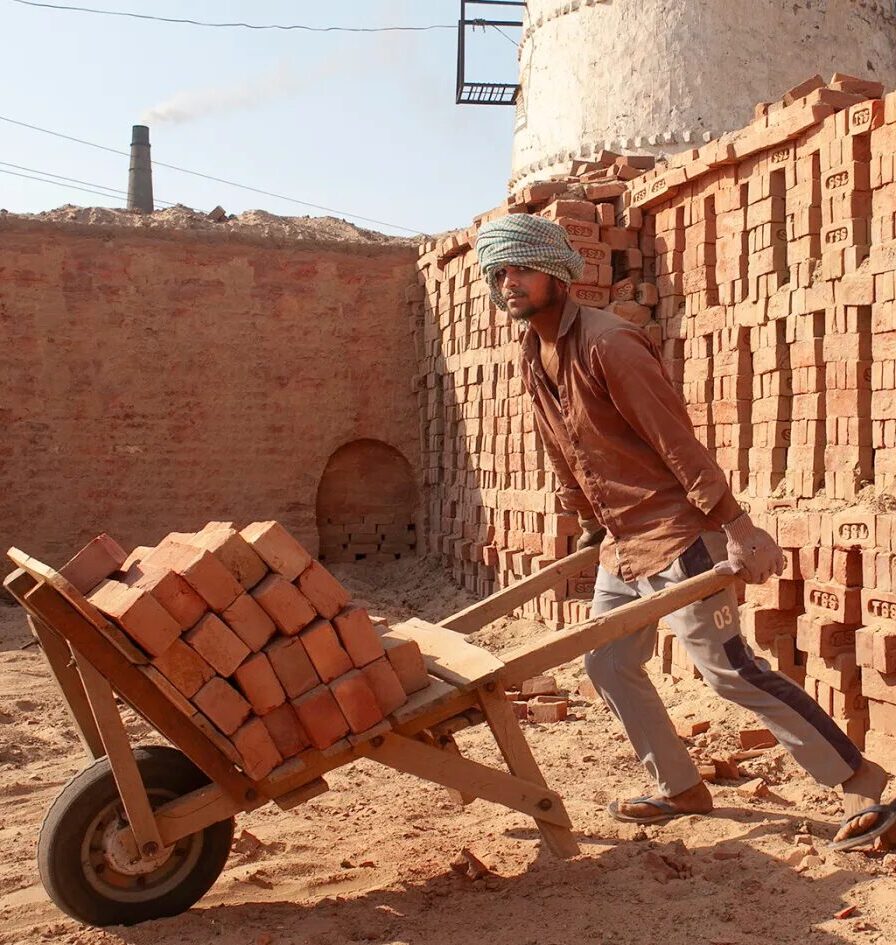Thawing permafrost: what does it mean? And what can be done?
One of the biggest remaining unknowns in modeling the effects of climate change is the impact of thawing permafrost in the Arctic region, which could unleash large quantities of climate-warming methane. While this has been known for decades, there is so much uncertainty about the details that present climate models do not include this effect – and thus could be seriously underestimating the rate of global warming, and the intensity of measures needed to control it.
Experts spoke about this issue in a June 11 Harvard Climate Action Week panel moderated by Henry Lee, the Jassim M. Jaidah Family Director of the Environment and Natural Resources Program with the Belfer Center at Harvard Kennedy School. To open the discussion, Lee asked the panel “Why should anyone living in the temperate areas in our planet worry about permafrost thaw in the Arctic?”


John Holdren, former co-director of the Office of Science and Technology Policy in the Obama administration and now a research professor at Harvard University’s Kennedy School of Government, answered that “one reason is that it is the emissions from society’s activities in the temperate regions, above all, that are driving global climate change. And global climate change is happening three to four times faster in the Arctic than in the world on average. And if the world doesn’t slow down its emissions at a greater rate that is happening today, all that is going to get worse.”
What’s more, Holdren added, “there are feedbacks from it getting worse faster in the Arctic, which in turn will accelerate climate change worldwide.” The feedbacks have to do with vast amounts – the exact extent of which are unknown – of methane gas that is frozen into the Arctic permafrost. As the global climate warms up, this permafrost thaws and releases, in addition to carbon dioxide, methane, a potent if short-lived greenhouse gas. This causes even more warming, thus thawing more permafrost and releasing even more methane, and so on.
Sue Natali, a senior scientist at the Woodwell Climate Research Center and lead researcher on the Permafrost Pathways project, a collaboration between Woodwell Climate Research Center and the Belfer Center’s Arctic Initiative, said “I would suggest not to just worry about it, but potentially think about doing something about it,” as there are potentially actions that could help to slow this effect, she said. “Regardless of where you are, you have the power to work with your decision makers to try to do something to stop permafrost thaw… Even though it may seem too far away, it actually is not that far away. It’s very much a part of your life wherever you are.”
The Permafrost Pathways project she runs, she said, is aimed at gathering detailed data that still does not exist about exactly how much methane is being released and where, and how it might be controlled. “One main problem is that we don’t even really have a good sense of greenhouse gas emissions from the permafrost region.”
“We don’t really have a very good sense of what [these emissions] will be in the future,” added Natali. “We know that we’re not accounting for these potential emissions in our policy, both in terms of our mitigation policy as well as in our policies to adapt to climate change. And so, what we’re doing in the project is to greatly ramp up our monitoring on the ground.”
But that’s no small task. Half of the Arctic region lies in Russia, and has a significantly different ecosystem than that of the Alaskan and Canadian Arctic. Yet, because of tensions from the Ukraine invasion, at present there is no cooperation that could lead to the needed installation of monitoring stations there, of which five had originally been planned. “We have 10 partners in Alaska, as well as working with other indigenous Alaska native communities, on what are the impacts that people are seeing now, and how are people responding to it,” said Natali.
The impacts are already dramatic. Thawing ice has led to the collapse of houses, roads, septic systems and pipelines. But while the local people are experiencing these effects every day, the information about what’s happening there has been little studied and not yet incorporated into global climate models.
One new system that could help to address the missing data on the effects of this thawing permafrost is a satellite specifically designed to monitor and quantify global methane emissions. Called MethaneSAT, it was developed and managed by the Environmental Defense Fund (EDF), in collaboration with scientists at Harvard, and just began operations in March of this year. Steven Hamburg, chief scientist at the EDF, points out that this situation is dynamic and constantly changing. “People assume we know a lot more about greenhouse gas emissions than we actually do, and we need high quality data, we need empirical data,” and that’s something this satellite will begin to provide.
Now that the satellite is operational, he said, “we will start putting out data that will start to provide an empirical basis of comparing emissions around the world.” While it will primarily be focused on emissions from oil and gas drilling operations and agriculture, it will also start to collect data of emissions from thawing permafrost as well.
Holdren added that while there has been extensive data collection on the amounts of carbon dioxide and methane in the atmosphere overall, “what we don’t have real data on, to any very great extent, is the identification of exactly where those emissions are coming from. And that’s very important from the standpoint of crafting mitigation measures, in terms of crafting adaptation measures.”
While adaptation measures, such as moving entire villages to more stable ground, can be very expensive, Natali said “the cost of doing nothing is more expensive than the cost of doing something. And the longer we wait and continue to talk about how we shouldn’t do anything because it’s expensive, it’s going to get more and more expensive.”
And, she added, “there’s always a cost. We’re spending the money right now, continuously fixing roads, continuously dealing with all of this. So, it’s not that we’re going from free right now if we do nothing, and then this big cost if we do something. It’s actually a continual cost” no matter what.
But as research continues and better data gets gathered, the panelists expressed hope that with this information in hand, people will be better able to address the problem and find ways to limit the damage. “The key here is that we are bringing new technology and we’re bringing new capacity and I think we’re seeing a data revolution emerging,” said Hamburg.
By recognizing that these feedback effects could lead to more rapid warming than expected, the clearer information could cause leaders around the world to recognize that even stronger measures will be needed to curb sources of greenhouse gas emissions. And some specific measures may be applied to the permafrost areas themselves, such as ways of using controlled burns to limit the spread of massive wildfires that contribute to permafrost thaw.
Collecting the detailed data should help in addressing the problem, the panelists said. “Is it enough? Of course not,” Hamburg said. “But we are going to take a massive step forward, I’m really confident of that. And in so doing we will start to get greater clarity… I think we’re at an inflection point, and that inflection point will make a big difference.”

